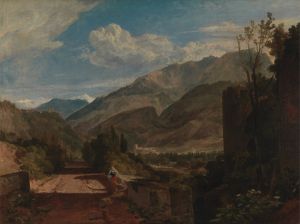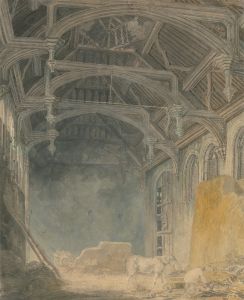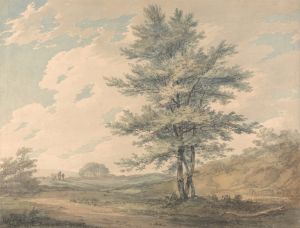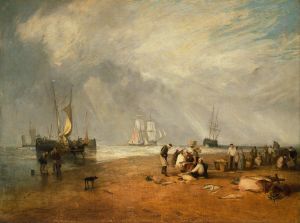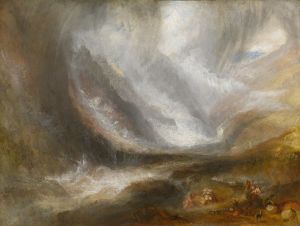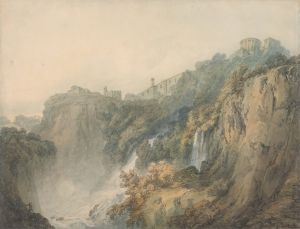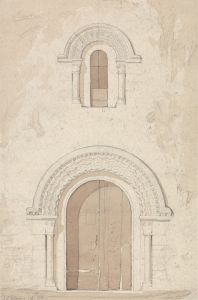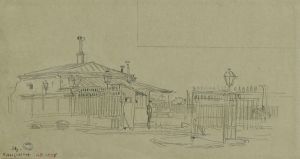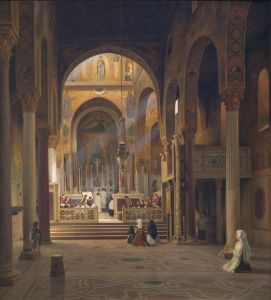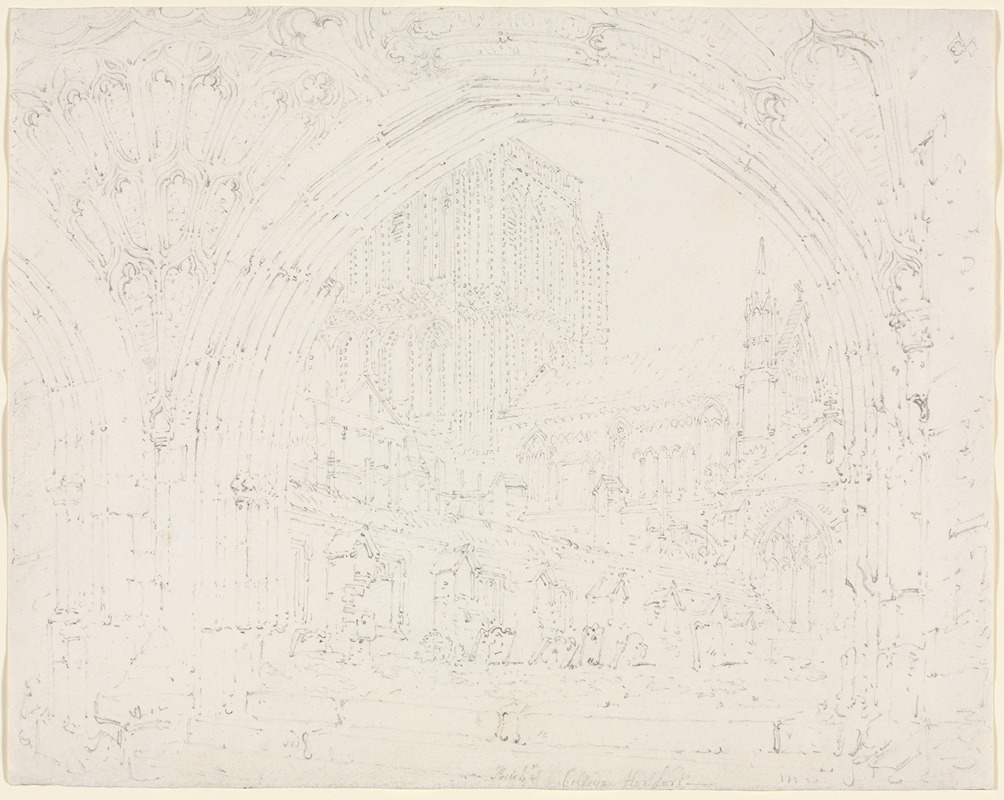
Hereford Cathedral
A hand-painted replica of Joseph Mallord William Turner’s masterpiece Hereford Cathedral, meticulously crafted by professional artists to capture the true essence of the original. Each piece is created with museum-quality canvas and rare mineral pigments, carefully painted by experienced artists with delicate brushstrokes and rich, layered colors to perfectly recreate the texture of the original artwork. Unlike machine-printed reproductions, this hand-painted version brings the painting to life, infused with the artist’s emotions and skill in every stroke. Whether for personal collection or home decoration, it instantly elevates the artistic atmosphere of any space.
Joseph Mallord William Turner, one of the most renowned British artists of the 19th century, is celebrated for his evocative landscapes and mastery of light and color. Among his extensive body of work is the painting "Hereford Cathedral," which captures the grandeur and architectural beauty of the historic cathedral located in Hereford, England. Turner, known for his ability to infuse his landscapes with emotion and atmosphere, approaches the subject with his characteristic style that blends realism with a sense of the sublime.
Hereford Cathedral, a site of significant historical and architectural interest, has been a place of Christian worship since the 8th century. The current structure, predominantly Gothic in style, was constructed between the 11th and 14th centuries. It is renowned for housing the Mappa Mundi, a medieval map of the world dating from the 13th century, and the Chained Library, which contains a collection of ancient manuscripts.
Turner's depiction of Hereford Cathedral is part of his broader interest in capturing the essence of Britain's architectural heritage. His work often reflects a deep appreciation for the interplay between natural and man-made structures, and "Hereford Cathedral" is no exception. In this painting, Turner employs his signature use of light and shadow to highlight the cathedral's intricate details and its surrounding landscape. The composition likely emphasizes the cathedral's towering presence and its integration with the natural environment, a common theme in Turner's work.
Turner's artistic process typically involved extensive travel and on-site sketching, which he later developed into finished paintings in his studio. His ability to convey the atmospheric conditions of a scene—whether through the play of sunlight on stone or the gathering of storm clouds—adds a dynamic quality to his landscapes. This approach not only captures the physical attributes of the cathedral but also evokes a sense of its historical and spiritual significance.
While specific details about the creation and exhibition of "Hereford Cathedral" by Turner are limited, his works from this period often reflect his engagement with the picturesque and the sublime, concepts that were central to the Romantic movement of which he was a leading figure. Turner's landscapes frequently transcend mere topographical representation, aiming instead to evoke an emotional response from the viewer.
Turner's legacy as an artist is marked by his innovative techniques and his influence on subsequent generations of painters. His works continue to be studied and admired for their technical brilliance and their ability to convey the power and beauty of the natural world. "Hereford Cathedral," like many of Turner's paintings, serves as a testament to his skill in capturing the essence of a place and its enduring impact on the viewer.
In summary, Joseph Mallord William Turner's "Hereford Cathedral" exemplifies his mastery of landscape painting and his ability to blend architectural precision with atmospheric depth. Through his depiction of this historic site, Turner not only highlights the cathedral's architectural splendor but also invites viewers to reflect on its place within the broader tapestry of British history and culture.






